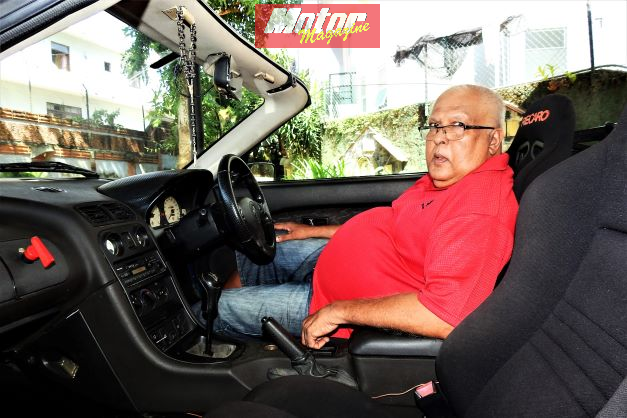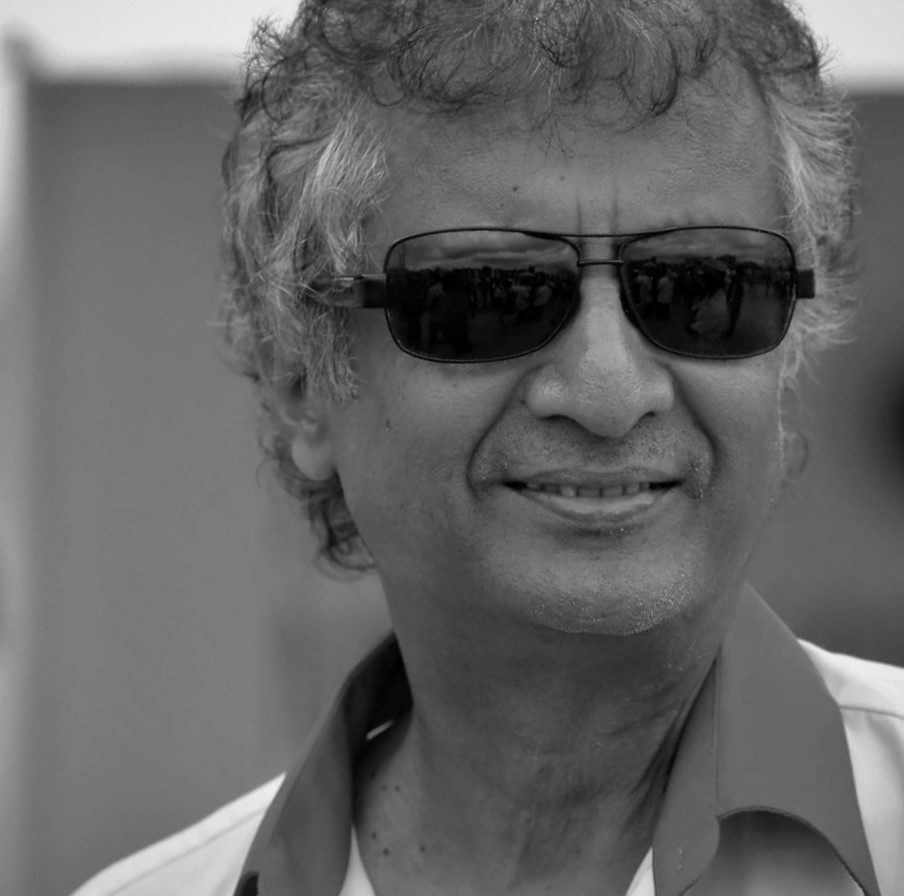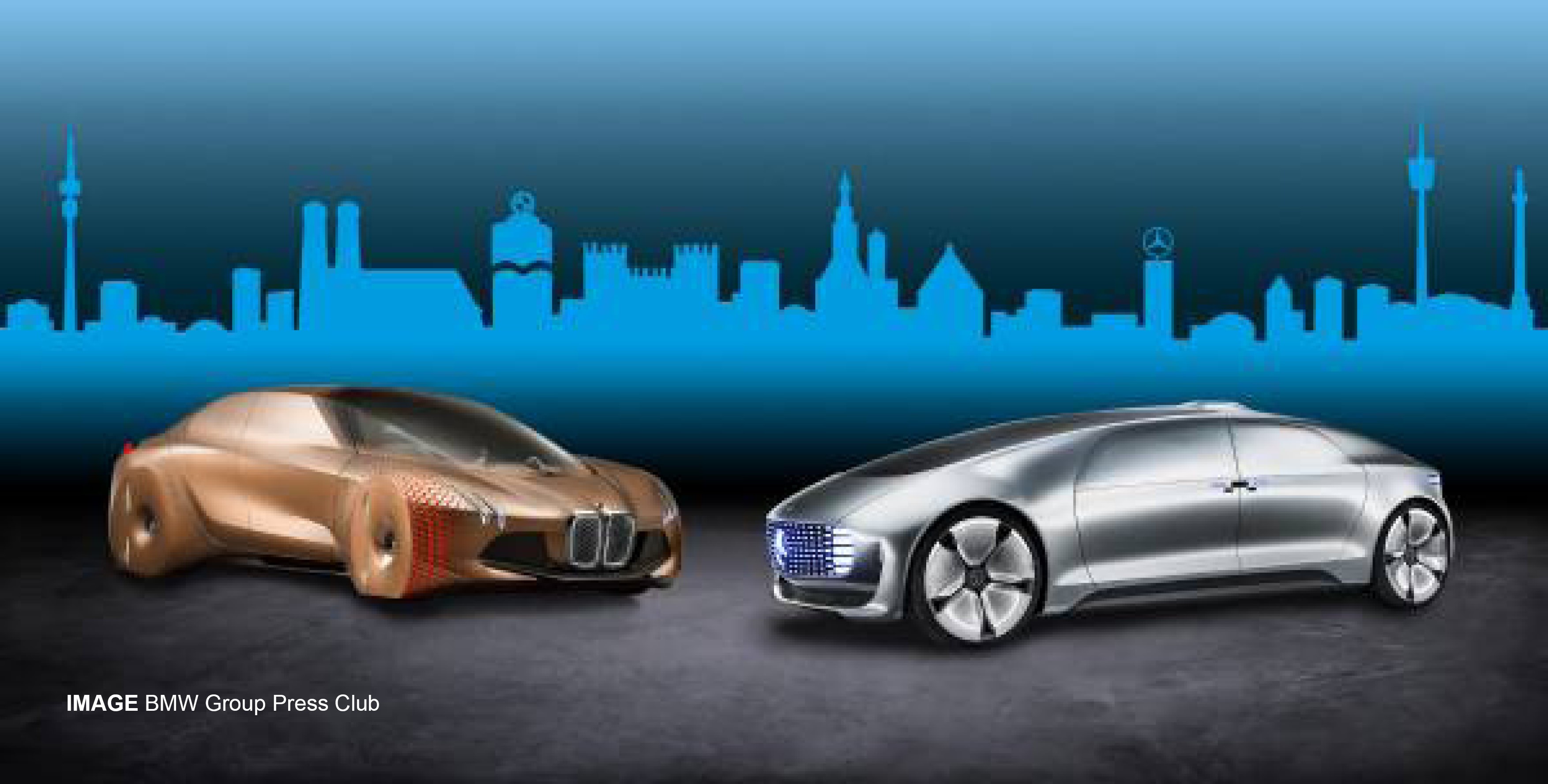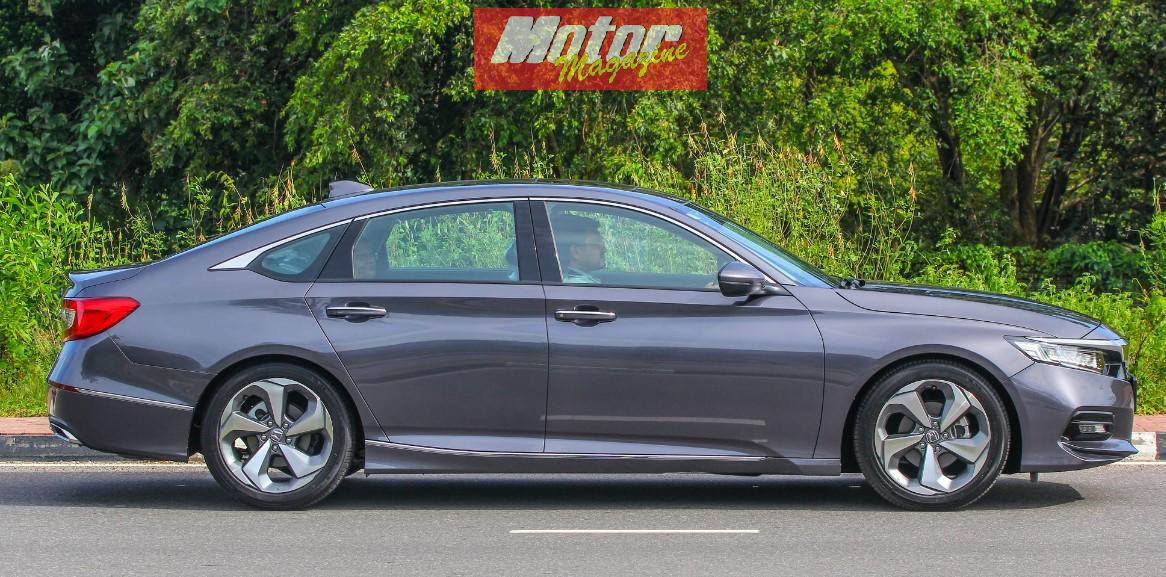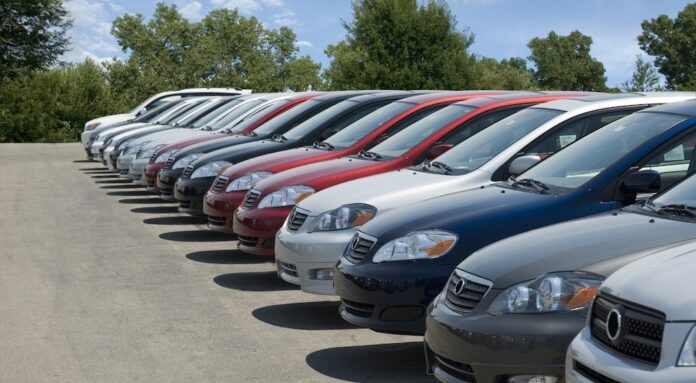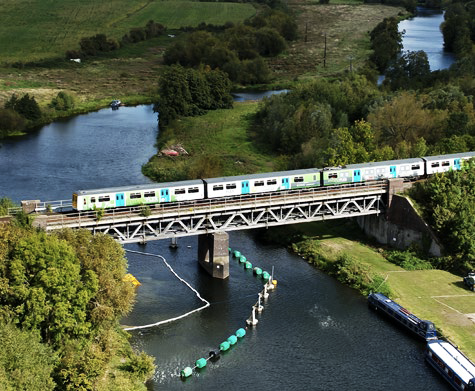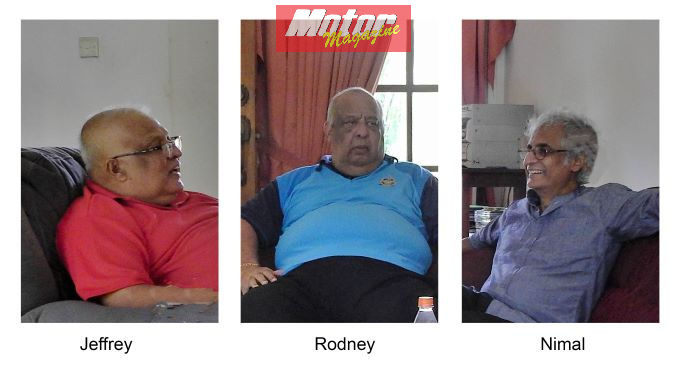
Brothers Rodney and Jeffrey Mason hail from a motoring / motor racing family. Their father was the renowned Edward (Bugs) Mason. In fact Bugs is a nick-name given to the late Edward by the motor Sports fraternity - probably in the 1950’s. Many think that he was called Bugs because the “Bug Fiat” was his car of choice on the track at the time. However it is quite the opposite. Edward was regularly seen rallying and racing his Fiat “Topolino” (500 C). Since the car was a little “bug” among the other bigger cars, Edward came to be known as Bugs Mason among the motor sports fraternity. The Fiat 500 C in the meantime acquired the name “Bug Fiat”… so much so, that even today, when a Fiat 500 C is advertised for sale, the advertisers tend to use the term “Bug Fiat” as the make and model of car!
Edward Mason was also a prolific motoring writer who used to have a regular column in the Sunday Observer called “Motor Mag”. I had the privilege of meeting Mr. Mason regularly in the 1990’s when both of us were in the working committee of the Classic Car Club of Ceylon. Among the motoring stories that Mr. Mason related to me, was a fascinating story of a BMW 328 which he owned and raced in the 1950’s… how he raced it, and had to sell it, as it had only two seats(!) and how it was taken overseas by the buyer and was later auctioned in the UK.
Reproduced below is a
snippet that I found some years ago relating to this car, which was written and
published on June 8, 1988 – By Cecil V. Wikramanayake in “Sri Lanka News”, UK.
BMW raced in Lanka sold for Pounds 93,625
The BMW 328 sports car that Edward ‘Bugs’
Mason bought for Rs. 3,000 in 1949 and raced at the Grand Prix de Lanka in
1950, was sold in England for the princely sum of Pounds 93,625 in 1988.
‘Autocar’ of April 1988, in an article
entitled ‘Bargains under the hammer’ had this to say about the sale:
"Another competition car which attracted a high degree of interest was a
1939 BMW 328 which came second in the Grand Prix de Lanka in 1950. This drew
telephone bids from Europe but finally reached Pounds 93,625 as the hammer came
down."
"Bugs" Edward Mason, recalling the
car that he used to race, told the Sri Lanka News "The car, bearing Sri
Lanka number-plate Z-8353, was brought to Sri Lanka by Heyward Simpson who paid
Rs. 7,500 for it; at that time a very high price for a new car, most cars being
in the Rs. 2,000 to Rs. 3,000 range. This BMW that I eventually bought from
Simpson was the only such car brought to this country at that time. Simpson
went to serve in World War II, leaving instructions that should he not return,
the car should be sold only to a member of the Ceylon Motor Sports Club.
Simpson was killed in action, and I bought the car for Rs. 3,000".
"I raced it several times, and at the Grand Prix de Lanka of 1950, held under the patronage of Sri John Kotelawala, I was placed second. Since the car was a two seater, with a six-cylinder engine and three carburetors, and I had a family which could not all be accommodated in the car, I tried to sell it. There was little response to the advertisement till a European naval officer by the name of Morgan Giles, seeing the advertisement, offered me Rs. 3,000 for it - the price I had paid. Morgan Giles took the car away and that was the last I heard of it, till a friend sent me a copy of the latest ‘Autocar’ magazine." Bugs Mason added that this BMW 328 was the first sports car to do 102 miles in one hour – (at the time).
So now we come to the next
generation of Masons - brothers Jeffrey and Rodney; who we had the privilege of
meeting and having a “car chat” recently.
“First race that I did was
the Mahagastotte Hill Climb in a MG TC… when I was 17 years old”, says Jeffrey.
After some mental calculations and a little bit of prodding from his brother
Rodney, he says that it was 1965. “How was your timing on the first Mahagastotte
Hill Climb” I ask. “I took the wrong line at the second hairpin bend and had to
stop, reverse and try again” says Geoffrey. “I bought that car from K T
Amarasingham, who as you know was one of the famous MG tuners at the time”.
I met Jeffrey last, at the
Kukuleganga Hill Climb track in April 2021 where he was racing a Mini in the
Mini 7 class. When asked if he will continue racing in the coming years as
well, he chuckles and says “no, I sold my racing Mini… and anyway I can hardly
walk now… but I am looking forward to running Mahagastotte Hill Climb in April
2022 in my classic Ford Anglia and also if possible, my MG F in the Historic
Car event”. He goes on… “Classic cars are my passion now”. When asked who were
the other racing drivers competing at the time when Geoffrey started racing, he
says ‘I remember people like Ray De Costa, M S M Mohideen, Mike Rauff, the
Jinasena brothers, Shanthi Gunaratne, Cassim Wahab, Merryl Perera and Mana
Jayawardena.
Jeffrey has had the MG F with
him for a while. Since selling off his racing Mini, he also bought a “yankee”
model Anglia with a 1600 Ford Pinto engine and so many other goodies that is
attractive to any serious car enthusiast. Await our features on both the MG F
and the Anglia in the upcoming Issues of Motor.
I ask Rodney about his
racing debut. He says “I started racing in 1968 – at Mahagastotte - in a Simca
Aronde and raced regularly until 2008. In 2008 I ran Mahagastotte in a KIA.
Then on a whim, I raced the Mini at Mahagastotte in 2016”. When asked, if he
remembers the timing in that first event, he says he can’t remember the actual
timing, but he was placed third in the category. “Another Simca driver who
competed at the same time was Tony Phillips. Later we both raced at
Katukurunda, when I drove an MG Midget and Tony drove a Triumph Spitfire – and
I beat him” says Rodney. “Tony and I were in school together” says Jeffrey. “We
had a Triumph Herald which I also raced” says Rodney. “Very lucky car… never
lost a race” he continues. “I was the Midnight Rally overall winner in that
Herald; and also won the night race held at Katukurunda in it”
We asked both Jeffrey and
Rodney, what is the best racing venue that they participated in. Both agreed in
unison that the Kandy Road race was the best venue that they had raced in. Jeffrey
also fondly remembers the time he raced in India, when he raced the Rauf
Special of Mike Rauf. “That was a Triumph TR3 with a special fibre-glass body”
says Jeffrey. Rodney also raced in India, “the year that David Pieris won the
under 1500 cc class in the Ford Anglia – I raced a MG A in the over 1500 class
and came second in the race. The Maharaja of Gondall driving a Jaguar E-type
won the race. In those days we Sri Lankans were considered better racing
drivers than the Indians. In fact Indian spectators would follow us and ask for
our autographs”!
“I remember the days when we
would be lucky to have two track events in a year, unlike now when there is a
motor race happening almost every two weeks. We would tune the car that we used
on a daily basis, drive it to the track, race, and drive back… that was racing
in those days when roll-cages were not mandatory” says Rodney.
We ask the two brothers
about any unforgettable incidents on the race tracks. “I had a bad crash in a
Formula Ford at Mahagastotte”, says Rodney. “It was after the Finish Line; the
accelerator pedal got stuck and I went off the track and hit a tree stump”.
So it is; we concluded a
very interesting and nostalgic chat with two brothers who have motor racing
etched in their genes!
